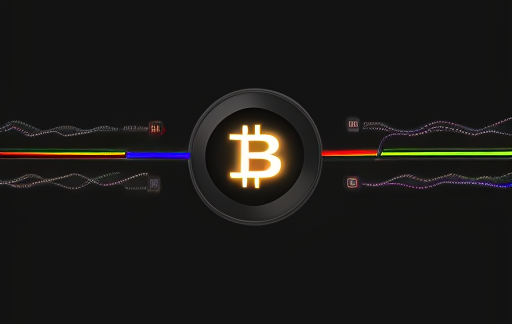Moving Average – Trading Strategies Using the Indicator
The Moving Average (MA) indicator is one of the most popular and widely used tools in the technical analysis of financial markets. Its primary purpose is to smooth price data and identify the trend direction. MA represents the arithmetic average of prices over a specific period. The longer the period, the smoother and slower the indicator line.
There are several ways to use this indicator for trading.
Price Crossing the Moving Average:
— When the price crosses the Moving Average from top to bottom, it may signal the potential start of a downtrend, and a sell position can be considered.
— If the price crosses the Moving Average from bottom to top, it may indicate the possible beginning of an uptrend, and a buy position can be considered.
This strategy is based on the assumption that crossing the price and the Moving Average can indicate a change in the price movement direction.

However, these signals can also be used for counter-trading, assuming that it was a false breakout and the price will move in the opposite direction.

Using Two Moving Averages with Different Periods:
— This strategy typically involves using two Moving Averages with different periods, such as a short-term and a long-term MA.
— When the short-term Moving Average crosses the long-term Moving Average from top to bottom, it may signal the beginning of a downtrend, and a sell position can be considered.

— When the short-term Moving Average crosses the long-term Moving Average from bottom to top, it may indicate the start of an uptrend, and a buy position can be considered.

This strategy helps smooth market noise and allows traders to identify long-term trends and entry points.
Both of these strategies can be effectively applied to different markets and timeframes. When using Moving Averages in trading, it is important to carefully select indicator parameters (periods) and combine them with other analysis tools for better results. Additionally, it is crucial to consider risk management and set stop-loss orders to protect against potential losses.
Moving Average Channel (MAC)
The Moving Average Channel (MAC) indicator is a modification of the classic Moving Average and represents a channel bounded by two lines placed above and below the Moving Average. This allows traders to observe the range of price fluctuations around the average value.
Moving Average Channel helps determine market volatility and identify possible entry and exit points. If the price is inside the channel, it may indicate a sideways market movement. When the price moves beyond the channel, it may signal the start of a new trend or a strong price movement
1. Trading Breakouts of the Channel:
— Breakout Upwards: When the price closes above the upper boundary of the channel, it can serve as a buy signal. Such a breakout indicates a possible trend reversal upwards.
— Breakout Downwards: If the price closes below the lower boundary of the channel, it may signal a sell opportunity. Such a breakout can indicate a potential trend reversal downward.
Breakouts of the channel are often used by traders as entry signals in the direction of the trend.

2. Trading Support and Resistance Levels:
— If the price remains within the channel and tests the upper or lower boundary, these levels can be considered as resistance and support, respectively.
— If the price bounces off the upper boundary of the channel downwards, it may indicate a possible return to the average level or even to the lower boundary of the channel.
— If the price bounces off the lower boundary of the channel upwards, it may suggest a potential move to the upper boundary of the channel or even a breakout above it.

These strategies can be adapted to individual trader preferences and market conditions. It is also important to consider stop-loss and take-profit levels to manage risks and protect trades from unexpected price movements. Keep in mind that trading financial markets always involves risk, so it is essential to carefully plan each trade and maintain discipline.
It is crucial to remember that technical analysis indicators, including the Moving Average Channel, are auxiliary tools and do not guarantee a 100% successful outcome. Before using an indicator in real trading, it is recommended to conduct thorough backtesting on historical data and practice trading on a demo account. Additionally, it is important to consider the current market situation and other factors affecting price movements.
Conclusion
Using the Moving Average indicator in trading can help analyze and predict price movements in financial markets. However, it is essential to remember that no indicator is universal, and its application requires additional confirmation from other signals and analytical tools. Moreover, it is crucial to thoroughly test the chosen strategy on historical data before applying it to a real account. It is always advisable to consult professionals and trade with caution.


